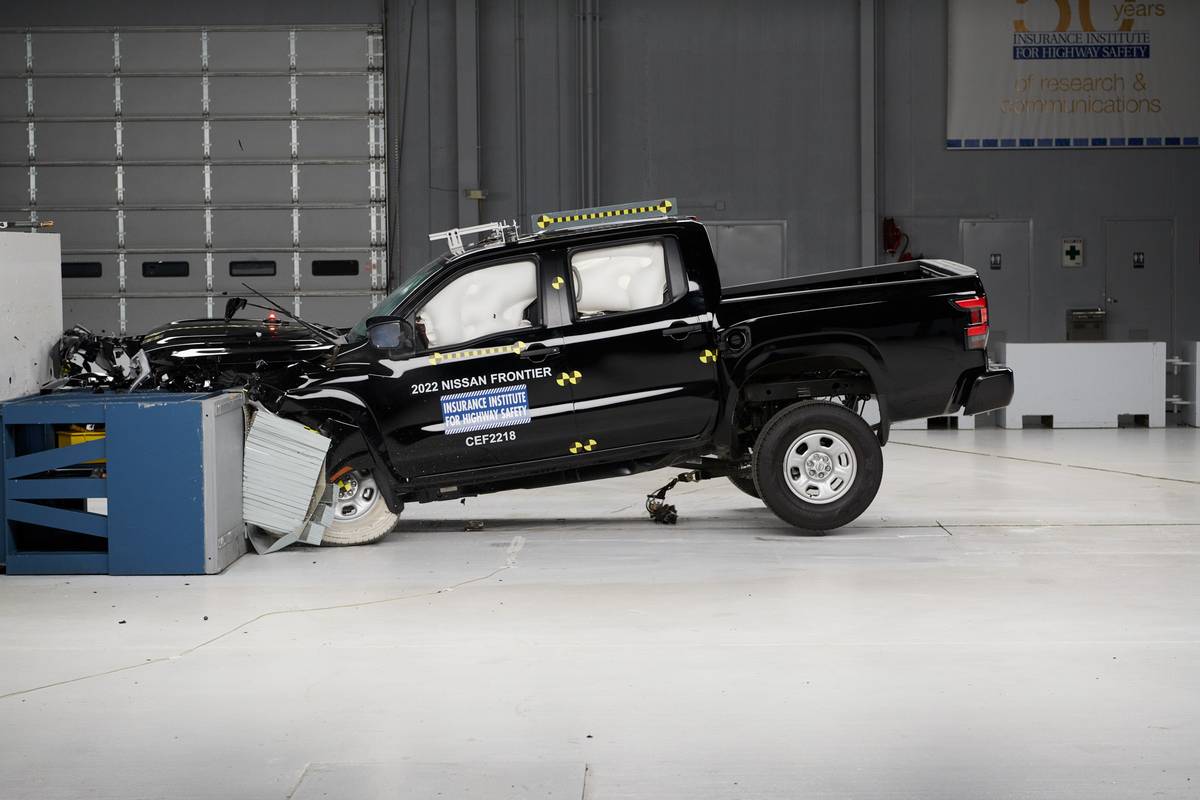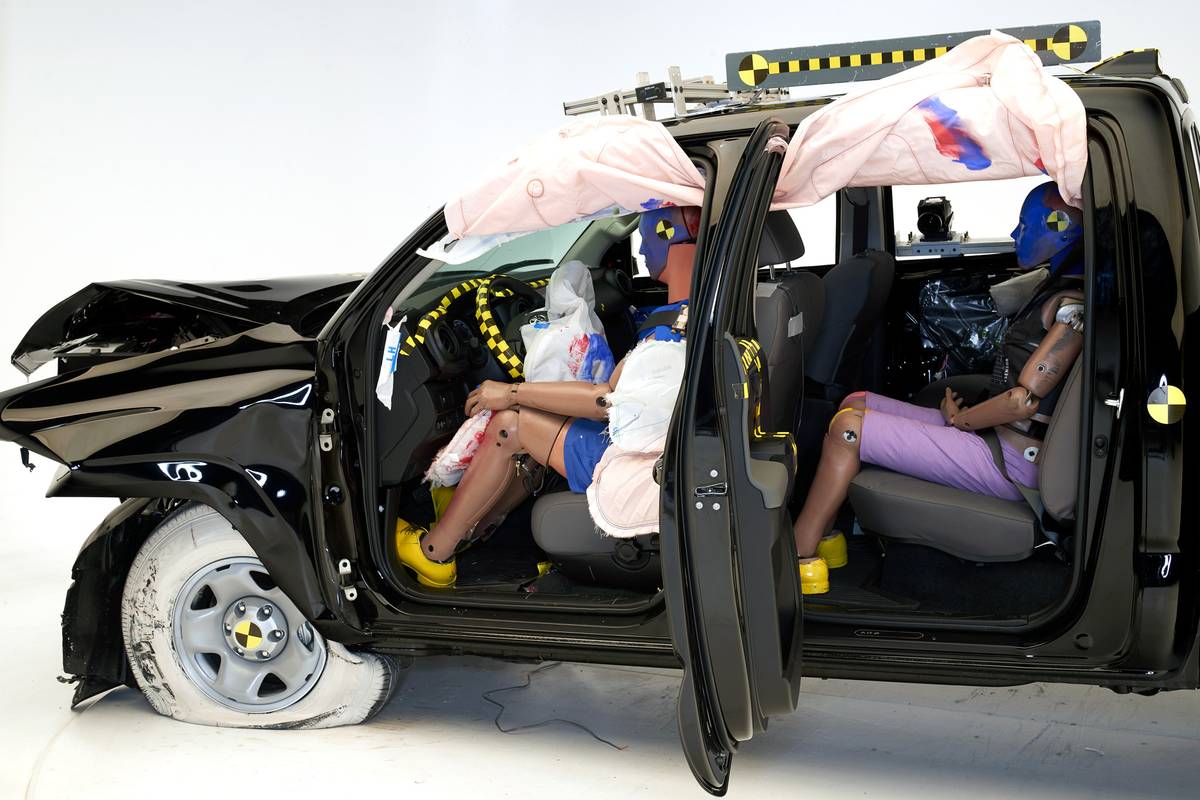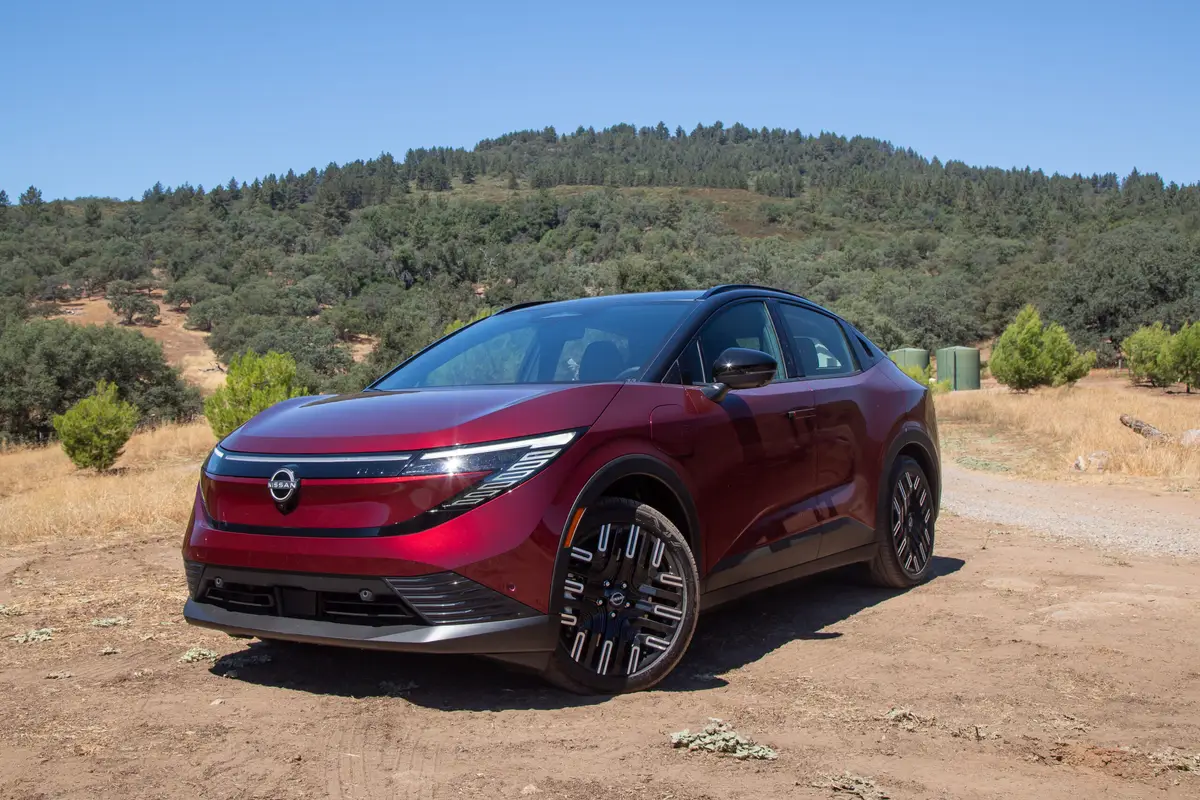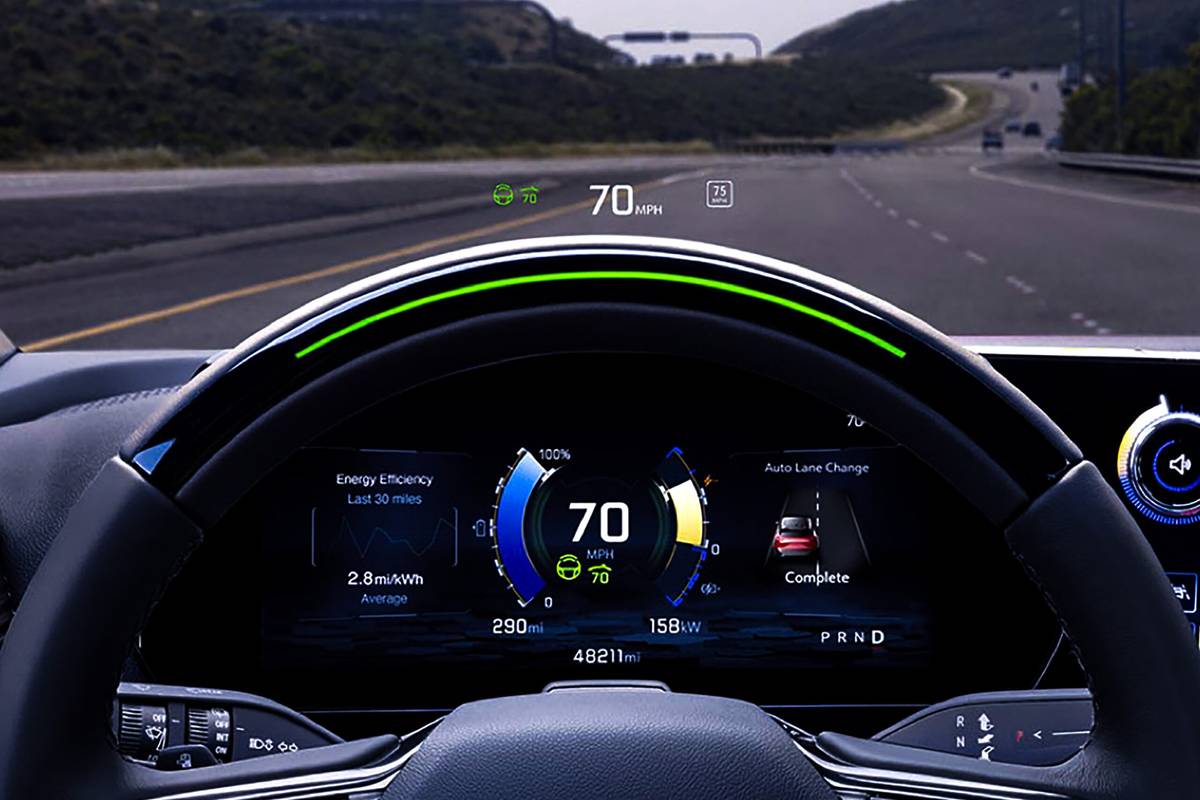Mid-Size Pickups Are Acceptable at Best in New IIHS Crash Test

In a recent testing session involving model-year 2022-23 crew-cab versions of the Chevrolet Colorado, Ford Ranger, Jeep Gladiator, Nissan Frontier and Toyota Tacoma, not one truck earned top marks for rear-occupant protection from the Insurance Institute for Highway Safety.
Related: Here’s Every Car That Earned an IIHS Top Safety Award for 2023
Back to Basics in the Back Seat
The latest news from the IIHS needs some context. Last year, the institute revised its moderate overlap front crash test. In that test, vehicles traveling at 40 mph strike a fixed barrier that covers 40% of the width of the vehicle. The revision added a dummy to the backseat because, the institute notes, “research showed that in newer vehicles the risk of a fatal injury is now higher for belted occupants in the rear than for those in the front.” Vehicles have not become more dangerous for rear-seat passengers; rather, they have become that much safer in the front, while little attention has been paid to the rear. Set bar, meet bar, move bar — that’s progress.
The new test places a dummy the size of a 12-year-old child or small woman in the backseat behind a dummy the size of an average adult male. To earn a good rating, a vehicle must hold the occupants in place to protect against excessive risk of injury to the head, neck, chest or thigh. IIHS also monitors the proximity of the dummy’s head to the front seatback and anything else in the interior.
IIHS scores vehicles on a four-point scale in its crash tests: poor, marginal, acceptable and good. All five trucks in the test scored good for front occupants, but for the rear-seat dummy, the Nissan’s acceptable rating was the best. The Ford’s performance was marginal, while the Chevrolet, Jeep and Toyota all ranked poor.
Head Banging

In all but the Jeep, the dummy’s head came worryingly close to the front seatback. The Gladiator’s trouble is that it doesn’t offer side-curtain airbags, leaving open the possibility of a head injury from impact with the roll bar or something outside the vehicle. In the Ranger, the dummy submarined under its lap belt, sliding beneath it to a position where it could cause internal abdominal injuries. Additionally, the bottom-scoring trio showed indications of moderate to likely risk of neck and chest injuries, while the Ranger earned a moderate ranking for chest injuries.
Seeing as this test results in greater structural deformation in the front of the cab, increasing these trucks’ scores shouldn’t require major changes to the body or crash structure. IIHS President David Harkey notes that the trucks’ performance “[tells] us that the rear seatbelts need improvement.” IIHS also stresses that, “Even with these developments, the back seat remains the safest place for young children, who can be injured by an inflating front airbag.” As of now, the institute’s prized Top Safety Pick and Top Safety Pick+ awards only require good ratings in the original moderate overlap front test, but we wouldn’t be surprised to see that change in the near future.
More From Cars.com:
- 10 Mid-Size SUVs Ace New IIHS Crash Test, Popular Models Fall Short
- IIHS Testing Finds Pedestrian Detection Systems Vary Widely in Crash Protection
- IIHS Small Overlap Front Crash Test Makes Impact, Study Shows 12% Reduction in Frontal Crash Fatalities
- Most Mid-Size Cars Falter in New IIHS Crash Test, Subaru Outback Endures
- More Safety News
Related Video:
Cars.com’s Editorial department is your source for automotive news and reviews. In line with Cars.com’s long-standing ethics policy, editors and reviewers don’t accept gifts or free trips from automakers. The Editorial department is independent of Cars.com’s advertising, sales and sponsored content departments.
Featured stories

Should Tesla Model Y Owners Get the New 2026?


2026 Nissan Leaf Review: Value Victory


